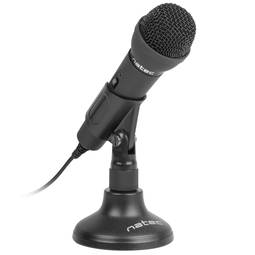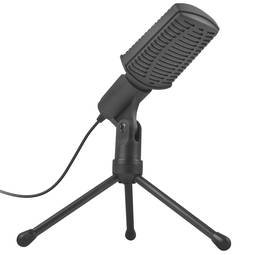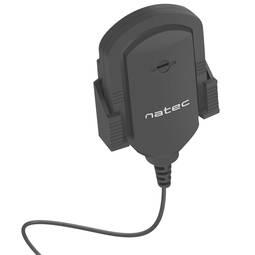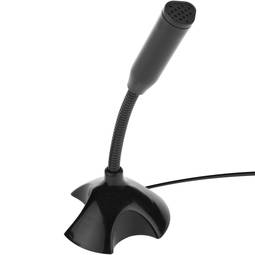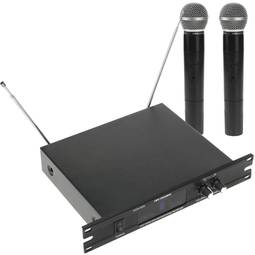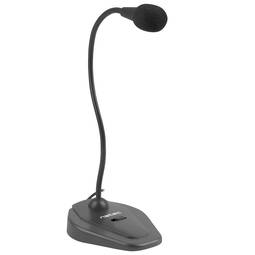12/22/2025 5:44 p.m.
https://cablematic.com/en/products/professional-gaming-microphone-krom-kimu-pro-with-tripod-by-krom-nxkromkimupro-KO131/
https://cablematic.com/en/products/professional-gaming-microphone-krom-kimu-pro-with-tripod-by-krom-nxkromkimupro-KO131/
Professional gaming microphone Krom KIMU Pro with tripod by Krom NXKROMKIMUPRO
REF: KO131
Specifications
- Professional gaming microphone Krom KIMU Pro with tripod by Krom NXKROMKIMUPRO
- Frequency range of 520Hz - 20KHz
- 2.2K ohm impedance
- 16-bit resolution
- 220g weight
PVP
€32.08
Price including VAT:
€32.08
PVD
€30.89
PVP: Retail price.
Check conditions.
PVP: Sale price to distributors.
Check conditions.
warranty
returns
safe
We will notify you when it is back in stock.
Specifications
- Professional gaming microphone Krom KIMU Pro with tripod by Krom NXKROMKIMUPRO
- Frequency range of 520Hz - 20KHz
- 2.2K ohm impedance
- 16-bit resolution
- 220g weight
Keywords
Did not find what you were looking for? These topic could help you
More info
Krom KIMU Pro professional gaming microphone with Krom NXKROMKIMUPRO tripod perfect for gamers who want exceptional audio quality. This unit features a frequency range of 20Hz to 20KHz and an impedance of 2.2K ohms. In addition, it offers 16-bit audio quality and weighs only 220g. These features make it an ideal choice for gaming enthusiasts who want a premium audio experience. Manufactured by Krom with reference NXKROMKIMUPRO.
Specifications
- Professional gaming microphone Krom KIMU Pro with tripod by Krom NXKROMKIMUPRO
- Frequency range of 520Hz - 20KHz
- 2.2K ohm impedance
- 16-bit resolution
- 220g weight
- Ideal for computer games, voice streaming and audio recordings
- Compatibility with Windows, Mac OS X and Linux
- USB connection
- Push button volume control
- Aluminum housing with black finish
- large diaphragm microphone
- Reduced background noise
- Advanced noise reduction technology
- Works with most recording and streaming software
- Gross Weight: 800 g
- Number of packages: 1
Technical terms
- Impedance
Impedance
The impedance (Z) is a measure of opposition that a circuit to a current when a voltage is applied. The impedance extends the concept of resistance circuits alternating current (AC), and has both magnitude and phase, unlike resistance, which has only magnitude. When a circuit is powered with direct current (DC), there is no distinction between the impedance and resistance; the latter can be thought csa impedance with zero phase angle.





